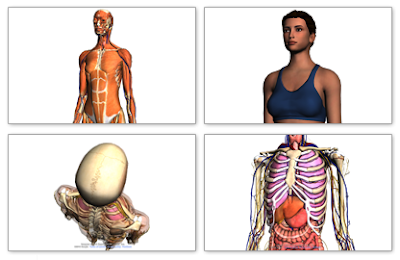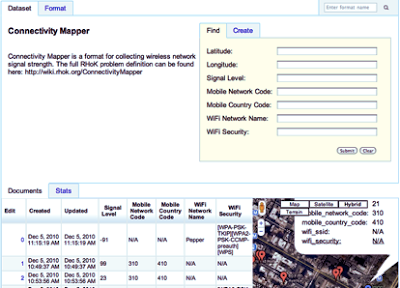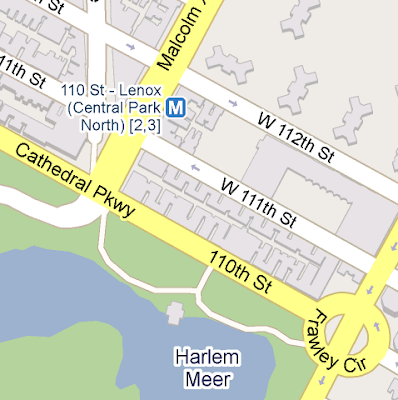The top posts this year run the gamut from policy changes to product arrivals:
- A different kind of company name - 10,604,183 unique pageviews, more than 30 percent of the year’s total. Our April Fools' Day post about changing our company name to “Topeka” had a crazy-high number of pageviews, in large part because there was a link to our humble blog on Google’s homepage that day. That’s a lot of eyes!
- A new approach to China - 924,335. We post about our new approach to business in China; we will no longer censor search results on Google.cn.
- Introducing Google Chrome OS - 653,803. This post introducing our open source operating system was published in July 2009 (and was the top post of 2009), but continued to draw readers this year. (This month, we launched a pilot program for Chrome OS notebooks.)
- Think big with a gig: our experimental fiber network - 483,399. We announce our plan to build and test ultra high-speed broadband networks in a small number of trial locations across the United States.
- Update on Google Wave - 469,164. We share the news that we don’t plan to continue developing Wave as a standalone product.
- Introducing Google Places - 341,136. The Local Business Center (the tool that enables business owners to manage their presence on Google) becomes Google Places.
- Announcing Google TV: TV meets web. Web meets TV - 314,991. At Google I/O, we unveil a new experience for television that combines your familiar TV with the freedom and power of the Internet.
- Our new search index: Caffeine - 271,393. Our new indexing system provides 50 percent fresher results for web searches than our last index, and is the largest collection of web content we‘ve offered.
- A new approach to China: an update - 228,591. In March, we stop censoring our search services on Google.cn, redirecting users from there to Google.com.hk for uncensored search in simplified Chinese. (Later, we introduce a landing page for Chinese users that links to Google.com.hk.)
- Introducing Nexus S, with Gingerbread - 220,482. We introduce Gingerbread, the latest version of the Android platform, and Nexus S, the next Android device from the Nexus line of mobile products.
In 2010, we kept up with our search and apps series, and introduced a few new ones: about small businesses using Google’s products, updates from YouTube, great Google stories from users and a bunch of new “Search On” videos. We also shared our thoughts on the future of display advertising. We had fun with giant photo collages and other wall art, got into the spirit of the World Cup and shared a new kind of musical experience built for the modern browser. We shared imagery of Haiti after the January earthquake and the Gulf of Mexico after the oil spill. We also talked about how Google Earth played a role in the discovery of a rare hominid ancestor in South Africa, celebrated quite a few milestones, and gave you a glimpse of the bzzz-iest Googlers on campus at the Hiveplex.
In December, we revamped our blog directory so you can more easily find the exact place to get the news you’re looking for; you can sort by category, language or region. We revamped our Twitter directory too, and added new directories for our Facebook pages and YouTube channels.
Speaking of Twitter, this was our second year of tweeting officially on @google. We crossed the 2,000-tweet mark earlier this month and now have more than 2.6 million followers. Our Twitter family grew by leaps and bounds as well—you can now follow Google on more than 100 Twitter accounts posting news of all kinds, from API updates for developers to product news in countries around the world. Twitter was also our biggest referrer to this blog in 2010 (excluding Google search, Google properties such as google.com/places and Feedburner)—followed closely by Facebook.
As always, we’re grateful to all of our readers for keeping up with us over the year, and we’re looking forward to bringing you more news in 2011!









































